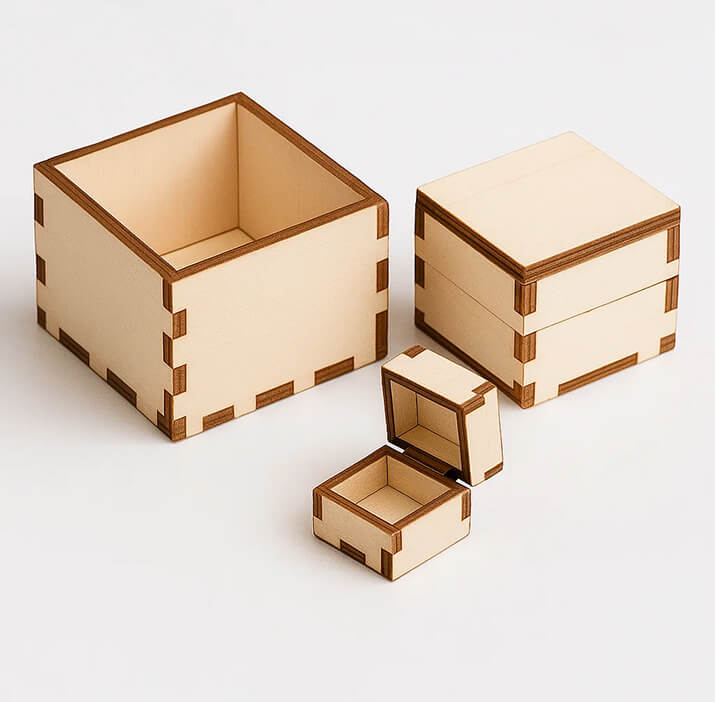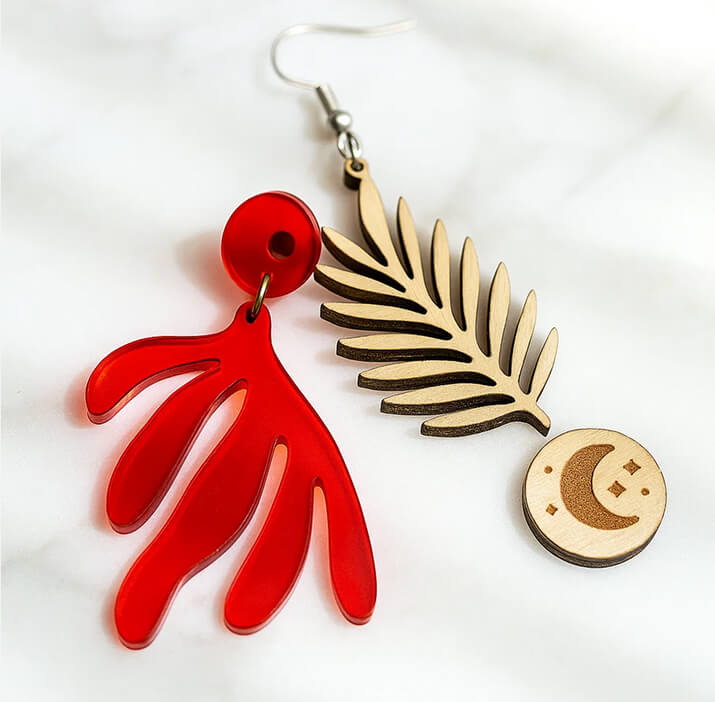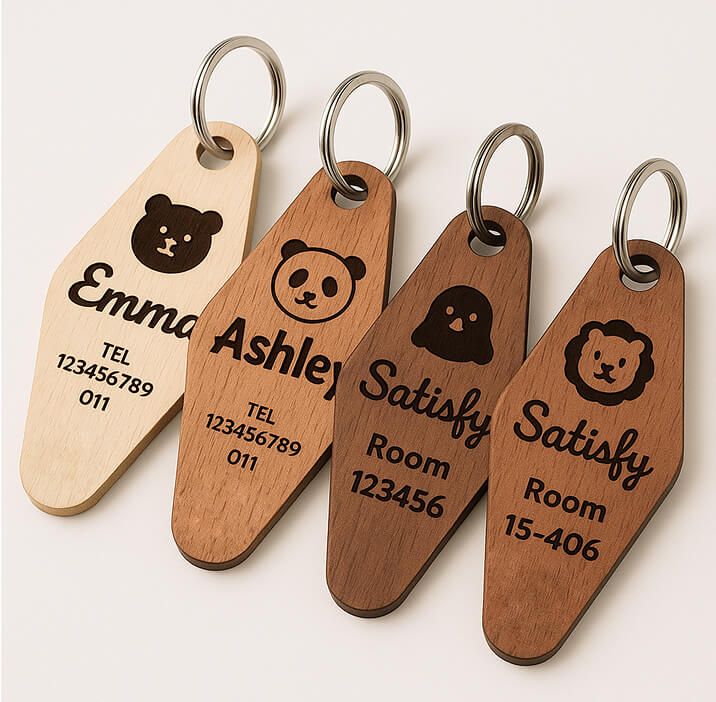![[Laser cut and engrave] Sandwich Cookie Magnet](https://image-res.xtool.com/resource/xtool/community/attachment/xtool-community/a77b803a-e053-47f3-9692-c6549caa7d71?x-oss-process=image/resize,w_1200,h_900,limit_0/interlace,1/format,webp/auto-orient,1)
Sandwich Cookie Magnet

Information
This sandwich cookie looks very real. It's size, color, and texture can make it easily mistaken for the real thing. Don't try to twist it apart and lick the white center because it is made of wood w/ a magnet attached to the back. Put it on your refridgerator or make them for friends and family.
NOTE: I call it a Sandwich Cookie even though the brand is evident because I don't work for the brand. Nor do I own the rights to the design, so how you use the file/project is up to you.
Instruction
Step1: Engrave and Cut Cookie Parts
The first step in this project is to engrave and cut the cookies. I used 3mm Baltic Birch plywood from Makerstock. You need to use quality wood which does not have uneven gluing. Glue pockets from uneven gluing can cause flare ups in your machine because the settings are higher than normal for engraving. The normal xTool suggested settings for engraving on 3mm Baltic Birch with an S1 40W are 40% Power and 300 Speed. These settings are not enough to get the 3D relief you will need to make your cookies look realistic. The settings I used for engraing the wafers on my S1 40W are 45% Power, 100 Speed, and 100 Lines Per Centimeter with a single pass.
For the cutting, I used the suggested xTool settings (100% power and 5 speed), and they worked fine.
There are three parts to the engrave and cut that I separated by layers. First, the cookie design is engraved (black layer). This is followed by the “magnet hole” being cut into the back wafer/side of the cookie (green layer). Finally, the wafers and the cream are cut out (red layer). While the magnet holes could be cut before the engraving, you want to make sure the magnet holes and the engraving are complete before the full pieces are cut.
The XCS file I have attached to this project has a canvas with parts for 20 sandwich cookies. This is the most I could fit on the cutting surface of my S1. Additionally, the file has a second canvas that has the parts for a single snadwich cookie. The parts for a single cookie take approximately 7 minutes and 45 seconds to engrave and cut while the entire sheet of parts for 20 cookies will take a little over 2 hours and 45 minutes to complete.
The holes I have in tte attached project are sized to fit the magnets I used. The magnets I used are 18mm Anpro Ceramic Industrial Magnets (purchased on Amazon), You can resize the hole for your specific magnet, but I will caution the cookie is three ply so the magnet has to be of reasonable strength or it will not stick. (NOTE: if you just want wooden cookies and not magnets, delete the back side wafers with the hole and just engrave/cut twice as many fronts…without the hole/magnet, both sides of the cookie will be identical
Step2: Paint Cookie Parts
Once all the parts are cut out, It is time to paint the cookies. They may require multiple coats of paint. The front/back wafers will need multiple coats because of the depth of the burn/engraving. The cream middle may require multiple coats because you are literally painting the burned/cut edge of the wood white.
The cream centers are easy to paint because they are just white. All you have to paint is the outer edge of the disk because it will be the only part visible once the cookie is assembled.
The sides/wafers are slightly more diffcult to paint because you have to mix paint colors to get the right color, and you have to get into all the nooks and crannies of the 3D engraving,. First, mix your paint. The “chocolate color” is achieved by mixing 2 parts red acrylic paint with 2 parts yellow acrylic paint with 1 part black acrylic paint. The result should look like melted milk chocolate. It will look slightly lighter than the cookie when dry/assembled. The wafers need to have their engraved side painted along with their edge AND a little bit of the edge of the underside (nonengraved side) because the cream is slightly smaller than the wafers so the underside of the wafers will be visble in the assembled cookie.
Step3: Assembly Cookie Magnts
Once all of the cookie parts have been painted (and are dry), it is time to assemble them. Any glue you use for wood projects should work. The glue I use is Starbond Thick High Performance Super Glue.
I first glue the center cream to the front backside (unpainted except for the edge) of the front wafer. Getting it perfectly in the center is not absolutely necessary as the center filling of real sandwich cookies is sometime off a little, but try to get it close.
After the front side and center cream have set, glue the back wafer to the center. Make sure the outer edge of the back side and front side of the cookie line up (even if the center cream is off a little).
ONce these three parts are set, there should be a hole in the back side of the cookie that exposed unpainted wood from the center cream. Glue the magnet into this hole.
Voila!! You now have a sandwich cookie magnet.





